This website uses cookies so that we can provide you with the best user experience possible. Cookie information is stored in your browser and performs functions such as recognising you when you return to our website and helping our team to understand which sections of the website you find most interesting and useful.
Ivankiv community
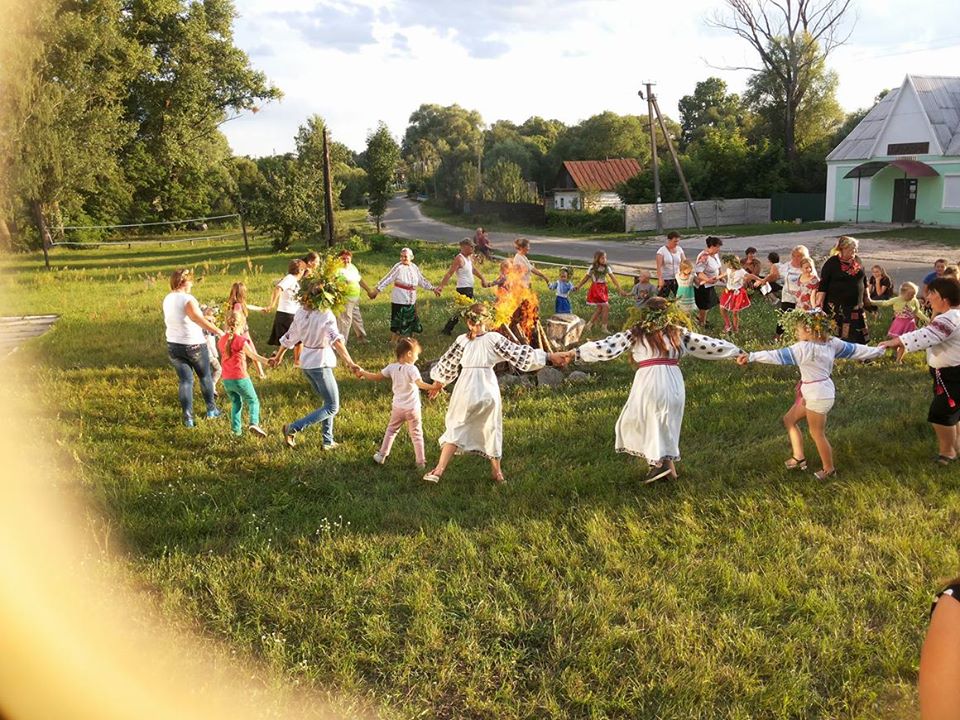
29,126 inhabitants (before the full-scale Russian aggression against Ukraine)
Men 13,923 people
Women 15,203 people
Children under 18 – 4,393 people
Pensioners – 9,520 people
People with disabilities – 89 people
Internally displaced persons – 223 persons
The largest community in the Kyiv region consists of 81 settlements, with an area of 3.62 thousand square kilometers.
Historical lands of Polissya
The Ivankiv Territorial Community is located in the picturesque Kyiv Polissya along the Teteriv River, which flows into the central Ukrainian waterway – the Dnipro River.
The history of these lands, which in ancient times belonged to the noble Kyiv boyar families, is closely intertwined with the history of Kyivan Rus. In the 17th century, the inhabitants of the region took part in the uprising led by the Cossack Hetman Bohdan Khmelnytsky.
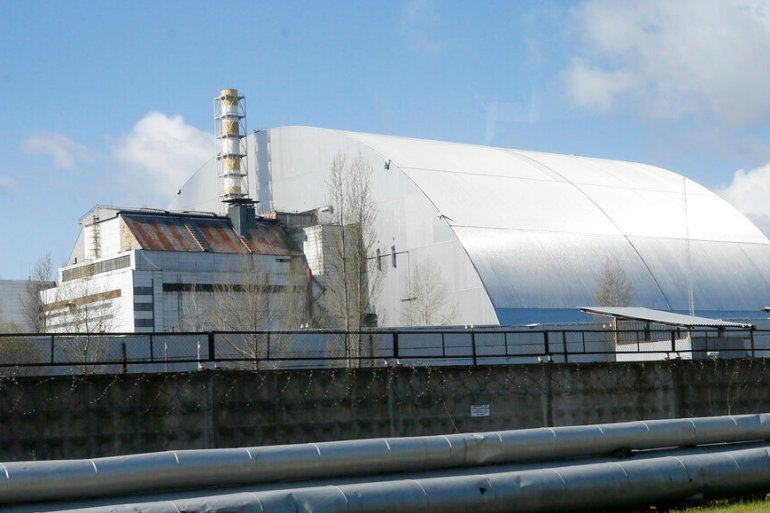
The Tragedy of Chornobyl
The 1986 explosion of Chornobyl divided the life of the community into “before” and “after”. Dozens of villages have disappeared, and their inhabitants left their homeland forever. Residents of Ivankiv, which is located just 50 km from the power plant, were the first liquidators of fire at the Chernobyl reactor. The people sacrificed their lives to put off the fire. Policemen, drivers, builders and people of other professions were also involved in eliminating the consequences of the Chernobyl accident. All residents of Ivankiv suffered from radiation pollution. 22,810 people recognized as victims of the Chernobyl disaster live in 81 settlements.
In memory of this tragic page, the community has installed a sculpture “Egg of Life”. The sculpture was presented to the community by the German architect Armin Kolby as a symbol of the revival of life and fertility of the earth after the tragedy. The sculpture acquired a new meaning after the Russian occupation of the community in February-March 2022, when it survived despite the hostilities that took place near the sculpture.
Today, one third of the community’s area is located in the Chornobyl exclusion zone, and the ghost towns of Chernobyl and Prypyat are situated within its administrative borders.
The accident at the Chernobyl nuclear power plant significantly affected the economic development of the Ivankiv community. For many years, the community has remained subsidized.

Tourism
In recent years, tourism to the Chornobyl Exclusion Zone has been developing, as nature has already been actively restored in many areas. In particular, endangered birds, animals and plants can be found on the territory of the Chornobyl Radiation and Ecological Biosphere Reserve. Here is the Medvino Ecological Park, where visitors can see one of the largest deer farms in Europe, as well as African buffaloes, wisents (zubrs), bison, Przewalski’s horses, kulans, camels, llamas and many other animals.
In recent years, many hotel complexes for travelers have appeared in the community.
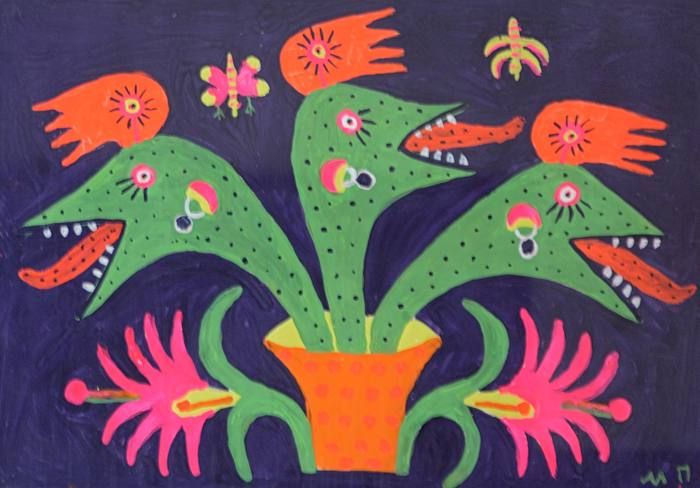
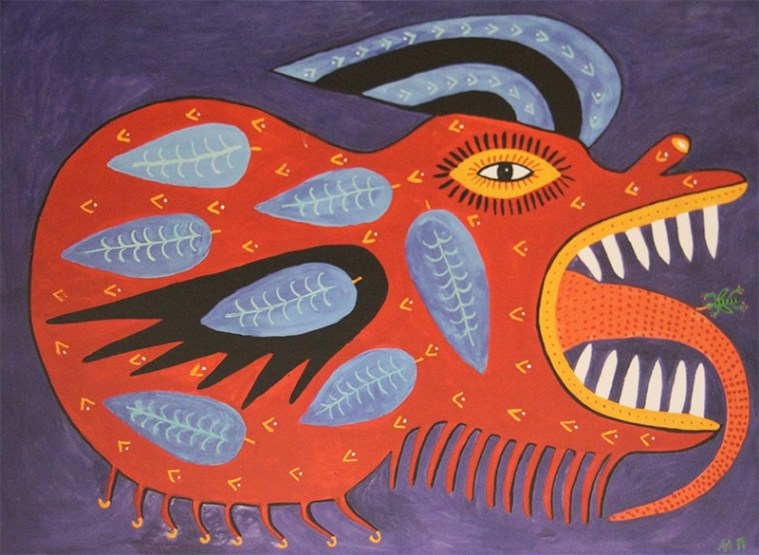
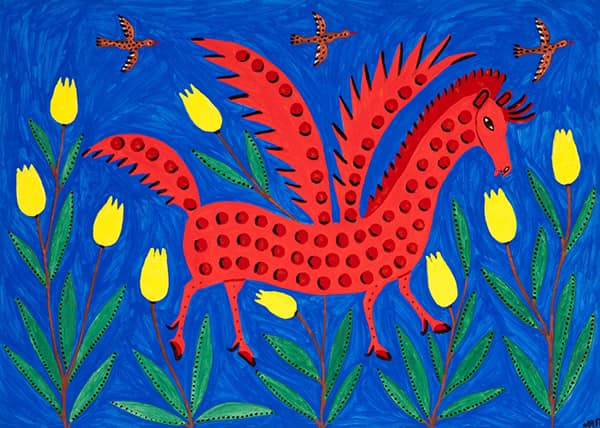
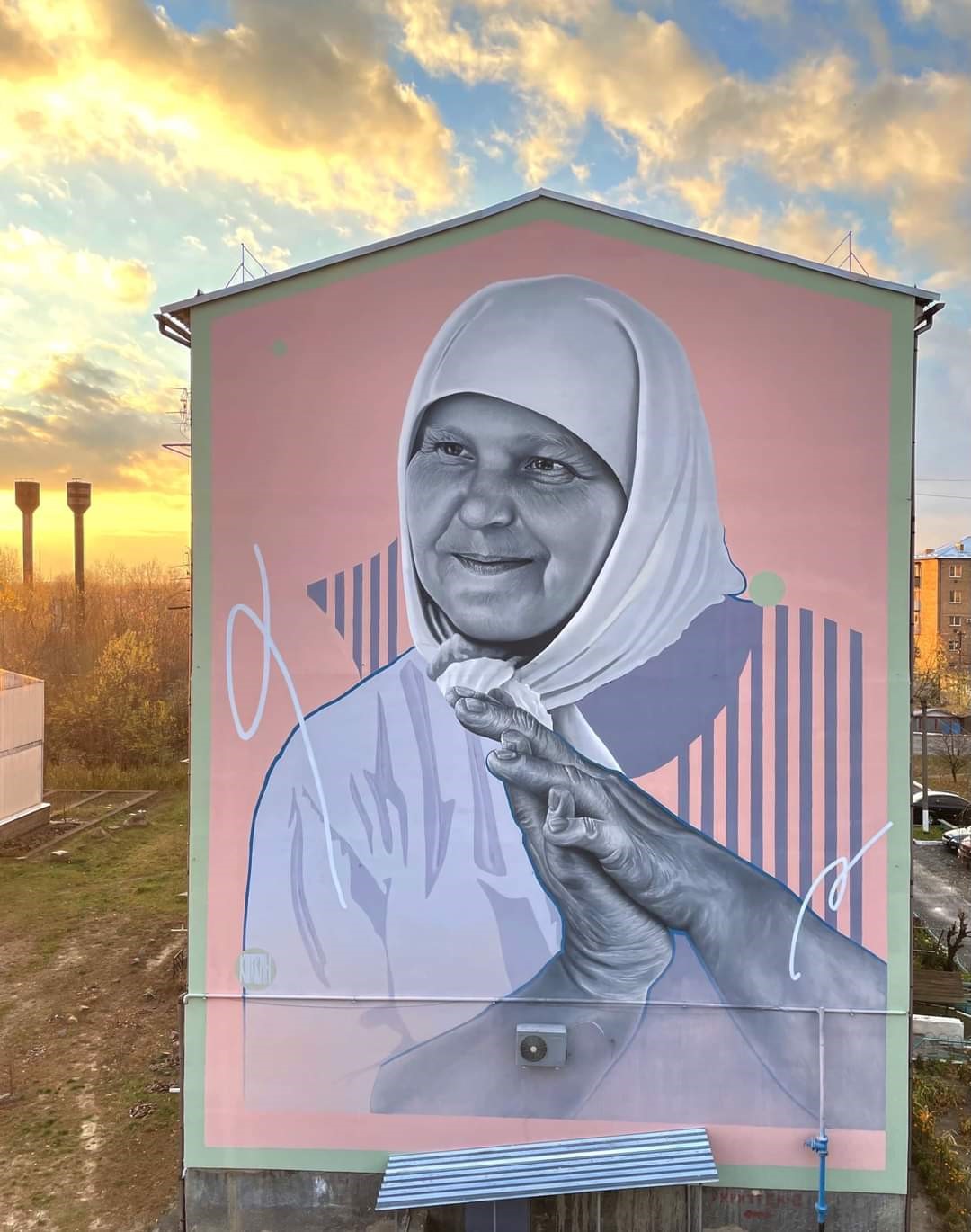
During the Russian invasion in February 2022, the Ivankiv Museum of Local History, where the artist’s paintings are kept, caught fire due to enemy shelling. However, locals managed to save a significant part of the exhibition.
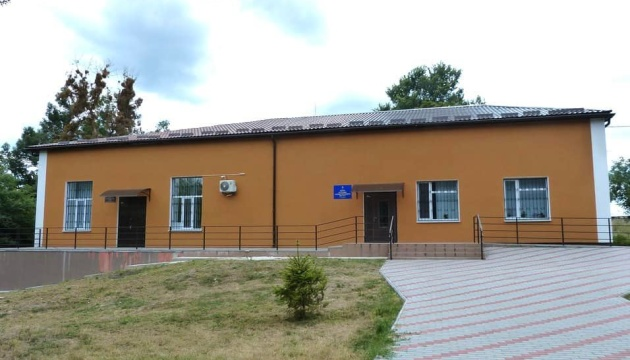
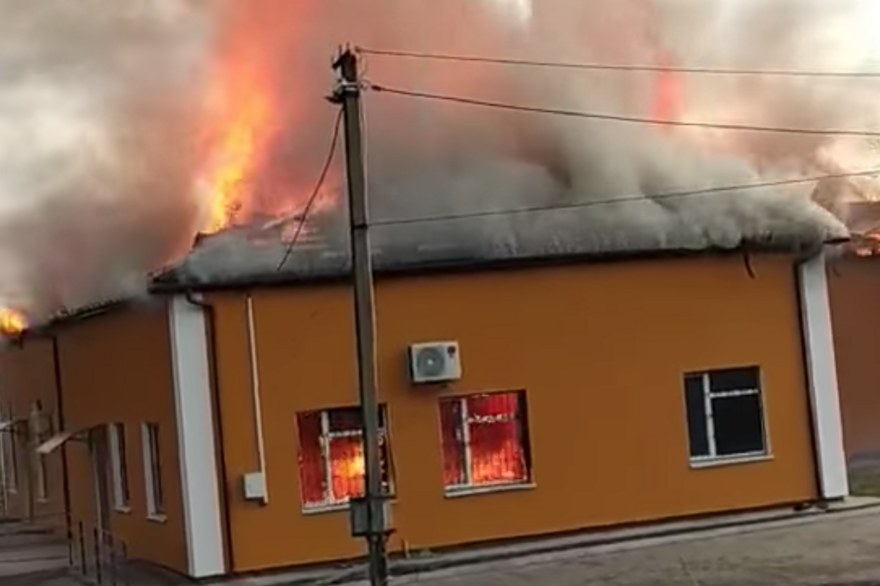
Education, culture and sport
Prior to the occupation, there were 20 educational institutions, 1 extracurricular sсhool club and an inclusive resource center in the Ivankiv village territorial community. There is a well-developed network of 16 community centers, 31 village clubs, and 43 libraries. The community also has a children’s art school, an orchestra of wind instruments, a network of children’s and youth sports facilities and a sports complex.
Some facilities were badly damaged by the Russian occupying forces during the war, and basements of schools were used as bomb shelters.


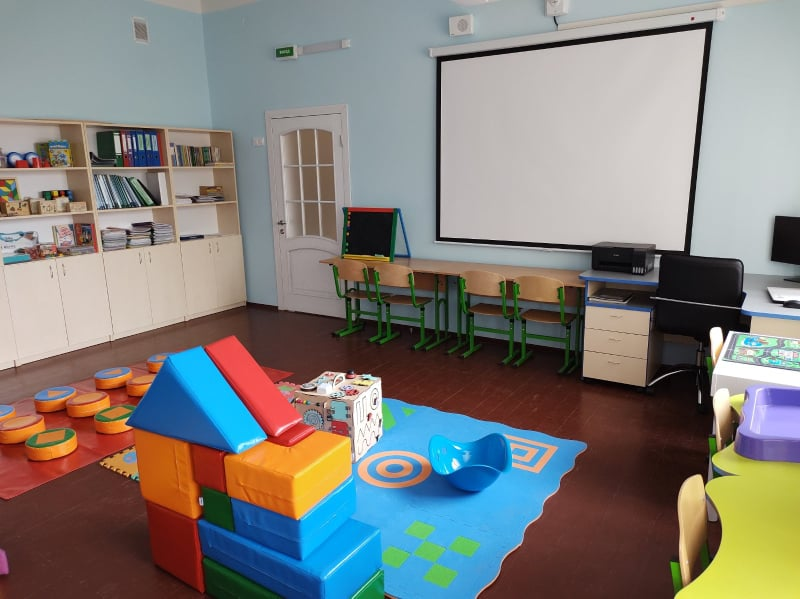

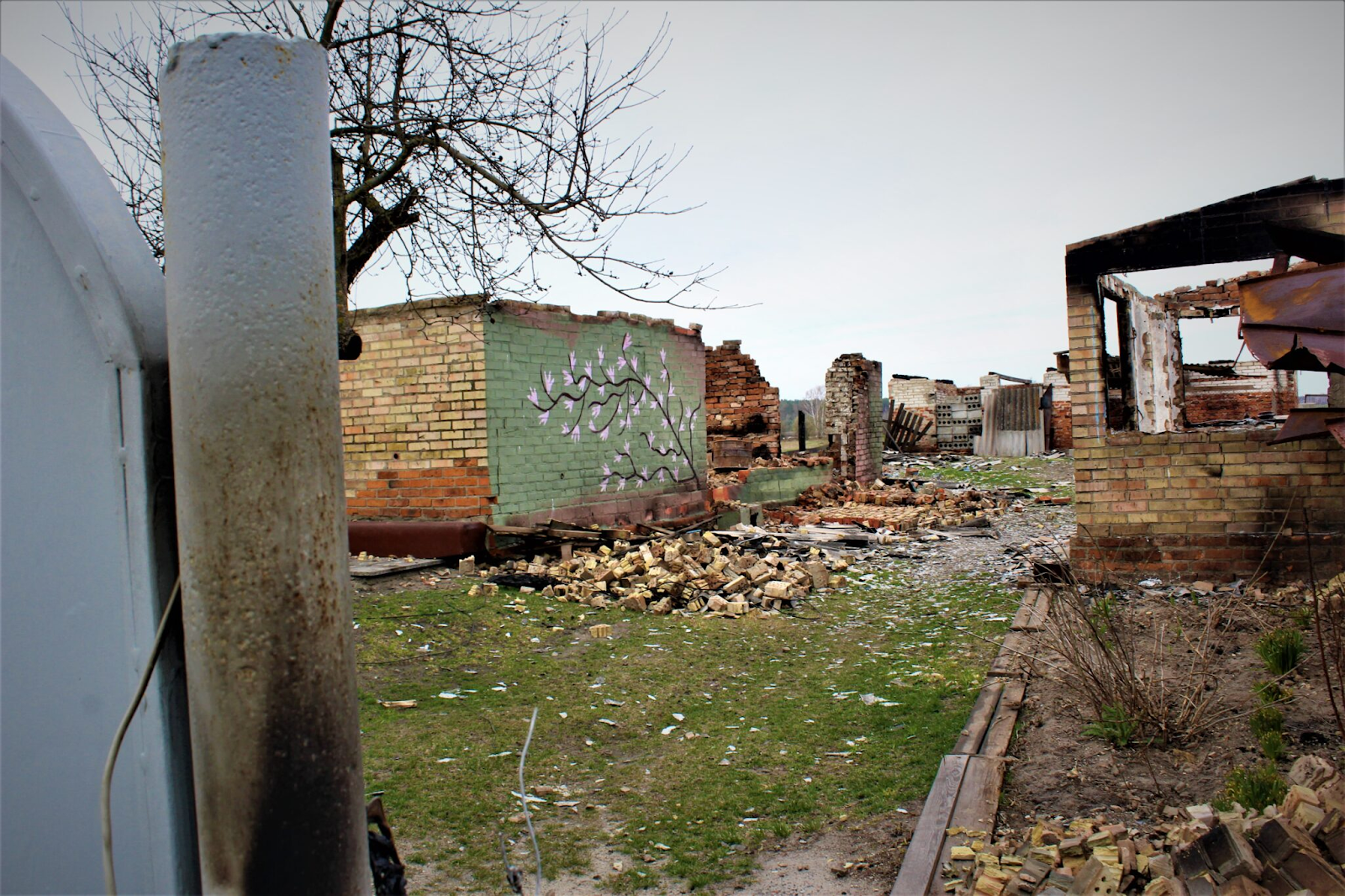
Ivankiv community and the war
The Ivankiv community was one of the first communities in Ukraine invaded by the Russian occupational forces on February 24, 2022, when they tried to attack Kyiv through the Chornobyl zone. From the very first days of the war, the community was completely disconnected from the water supply, electricity, and heating systems, and there was no mobile connection or Internet for more than a month. One week after the beginning of the occupation, almost all products in the shops disappeared.

44 civilians and 2 children died in Ivankiv community during the occupation.
Two villages in the community – Pidhayne and Zakharivka – were completely wiped off the face of the earth by numerous Russian airstrikes, 47 settlements out of 81 are half-destroyed. More than 2,000 private houses were severely damaged.
The shelling set the Museum of Local History and the Center for Administrative Services burnt down completely.
Saving lives under the shelling
There is currently no person or institution in Ukraine who has not been affected by the war. The Ivankiv community is no exception.
From February 24, 2022, our hospital worked around the clock without regard to external conditions.
There is no bomb shelter in Ivankiv central rayon hospital, so the staff worked under fire, even when a shell fell a few meters from the building.
Every day of work is a small victory. Work without water supply, sometimes under the light of flashlights.
Work, when 16 wounded people were brought to the hospital at the same time, some of them with severe injuries, amputations. All underwent surgery after examination and medical sorting. Every day of work is the victory of life over death.
During the occupation, 18 children were born in the maternity ward of our hospital.
Every day the medical team all worked as one. After all, some of the medical personnel lived and worked in the hospital throughout the time of the occupation.
Every day of work there was incredible support from community government, citizens and entrepreneurs. There were guys who brought food from the surrounding villages by bicycle. There were owners of shops and pharmacies who donated food and medicine to the hospital.
For me personally, the best people of our state are the Armed Forces of Ukraine and the staff of Ivankiv Central Rayon Hospital! Glory to Ukraine!
Larysa Tsup, Director of Ivankiv Central Rayon Hospital


Community head
Tetiana Svyrydenko was elected head of the Ivankiv community in 2021. Prior to that, she worked as the First Deputy Head of the Ivankiv District State Administration, and eventually as the Acting Head of the Ivankiv District State Administration. Tatiana Svyrydenko remained in the community throughout the occupation.
An emergency medical service, local hospital, bakery, 11 shops, 4 pharmacies and partly the central market worked in the community throughout the occupation. Some entrepreneurs donated food and provision to the residents.


Vision of Future
Before the war, the community planned to develop organic agriculture and food processing, as well as to continue to modernize infrastructure and improve the quality of medical, cultural and educational services. Tourism development continues to be important for the community.
As the community suffered significant damage and looting during the Russian occupation, the community’s first priorities are to rebuild the destroyed infrastructure and modernize utilities to restore provision of public services to residents. The important challenge which still remains relevant is demining.
The community is convinced that networking with international partners will help to beat the challenges faster.
Sources
- Interviews with community representatives the travel operator Tamtour
- Memories of actor Hennadiy Popenko who survived the occupation
- Facebook page of Ivankiv Central Regional Hospital
- Media Initiative for the Human Rights
- Wikipedia
